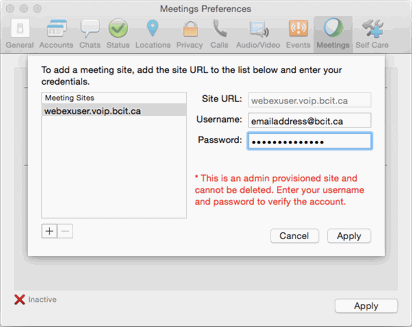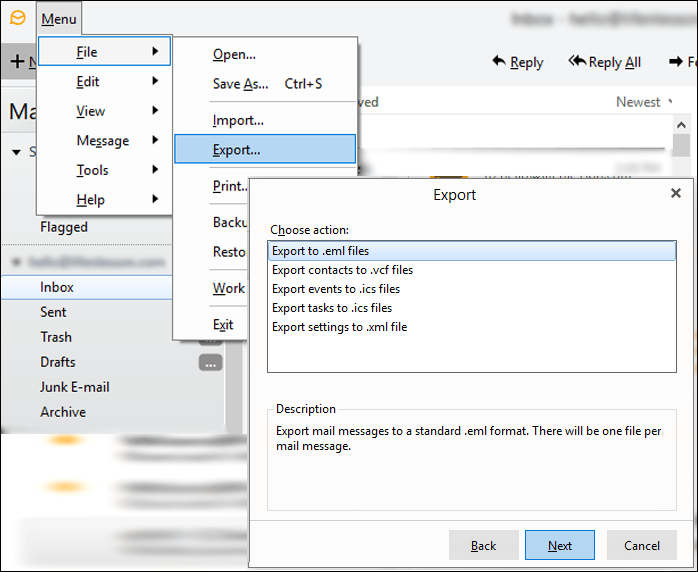

- #Webex for mac mail client manual#
- #Webex for mac mail client software#
- #Webex for mac mail client code#
For more information about these vulnerabilities, see the Details section of this advisory.Ī vulnerability in the authentication component of Cisco Webex Meetings could allow an unauthenticated, remote attacker to conduct a cross-site scripting (XSS) attack against a user of the web-based interface. Multiple vulnerabilities in the web interface of Cisco Webex Meetings could allow a remote attacker to conduct a cross-site scripting (XSS) attack or a frame hijacking attack against a user of the web interface. A successful exploit could allow the attacker to modify the display of links or other content within the interface, potentially allowing the attacker to conduct phishing or spoofing attacks.

An attacker could exploit this vulnerability by sending messages within the application interface.
#Webex for mac mail client software#
This vulnerability exists because the affected software does not properly handle character rendering.
#Webex for mac mail client manual#
To recover operational state, the affected device needs a manual restart.Ī vulnerability in the messaging interface of Cisco Webex App, formerly Webex Teams, could allow an unauthenticated, remote attacker to manipulate links or other content within the messaging interface. By default, these devices are configured to support both Cisco Discovery Protocol and LLDP. If the affected device is configured to support LLDP only, this could cause an interruption to inbound and outbound calling. A successful exploit could allow the attacker to exhaust the memory resources of the affected device, resulting in a crash of the LLDP process. An attacker could exploit this vulnerability by sending crafted LLDP traffic to an affected device. This vulnerability is due to insufficient resource allocation.
#Webex for mac mail client code#
A successful exploit could allow the attacker to execute arbitrary script code in the context of the affected interface or access sensitive, browser-based information.Ī vulnerability in the Link Layer Discovery Protocol (LLDP) feature of Cisco Webex Room Phone and Cisco Webex Share devices could allow an unauthenticated, adjacent attacker to cause a denial of service (DoS) condition on an affected device. An attacker could exploit this vulnerability by sending an arbitrary file to a user and persuading that user to browse to a specific URL. This vulnerability is due to insufficient validation of user-supplied input.
/CanaryMail-5b1a93063418c6003684f648.png)
For more information about these vulnerabilities, see the Details section of this advisory.Ī vulnerability in the file upload functionality of Cisco Webex App for Web could allow an unauthenticated, remote attacker to conduct a cross-site scripting (XSS) attack against a user of the interface. Multiple vulnerabilities in the web interface of Cisco Webex Meetings could allow an authenticated, remote attacker to conduct a stored cross-site scripting (XSS) attack or upload arbitrary files as recordings.


 0 kommentar(er)
0 kommentar(er)
